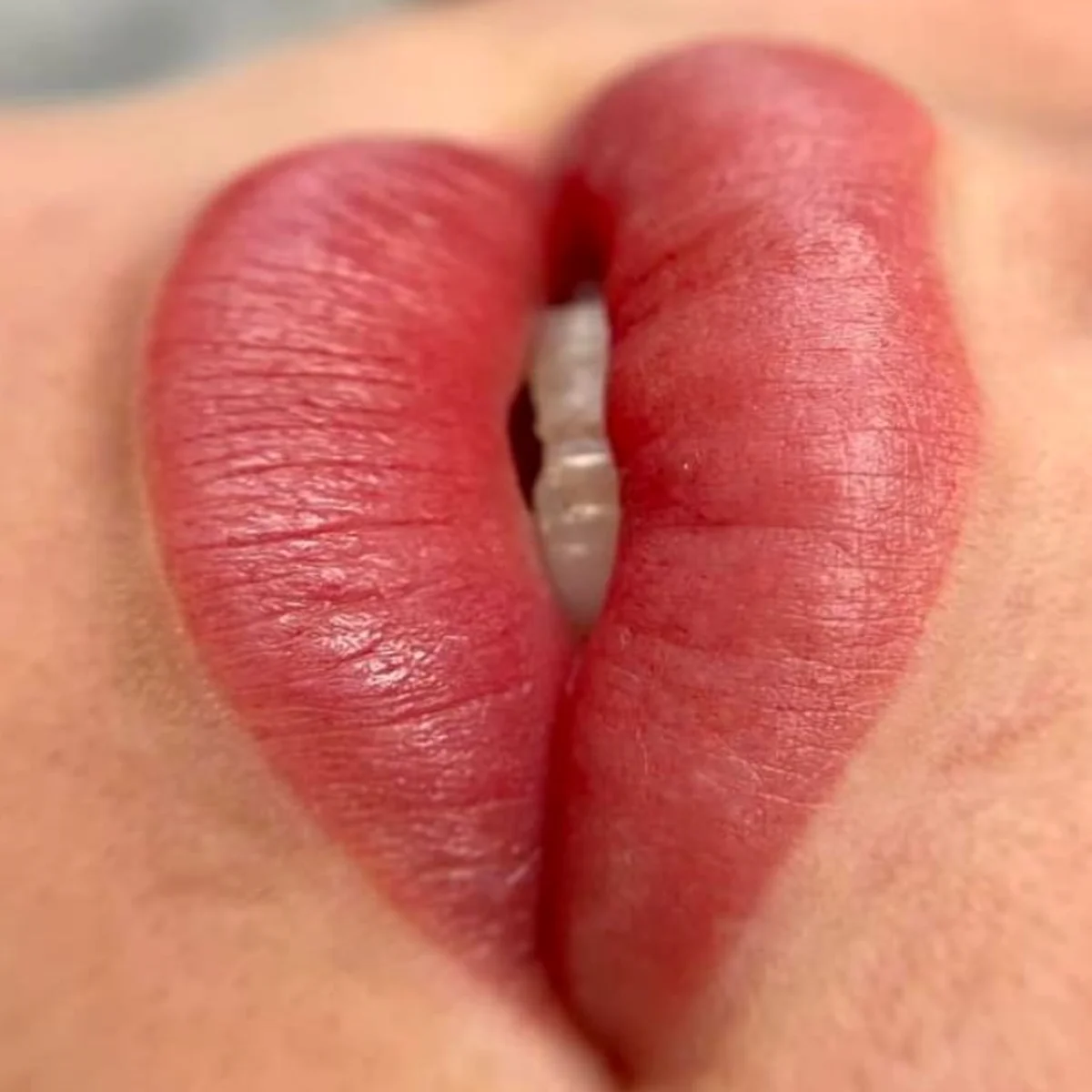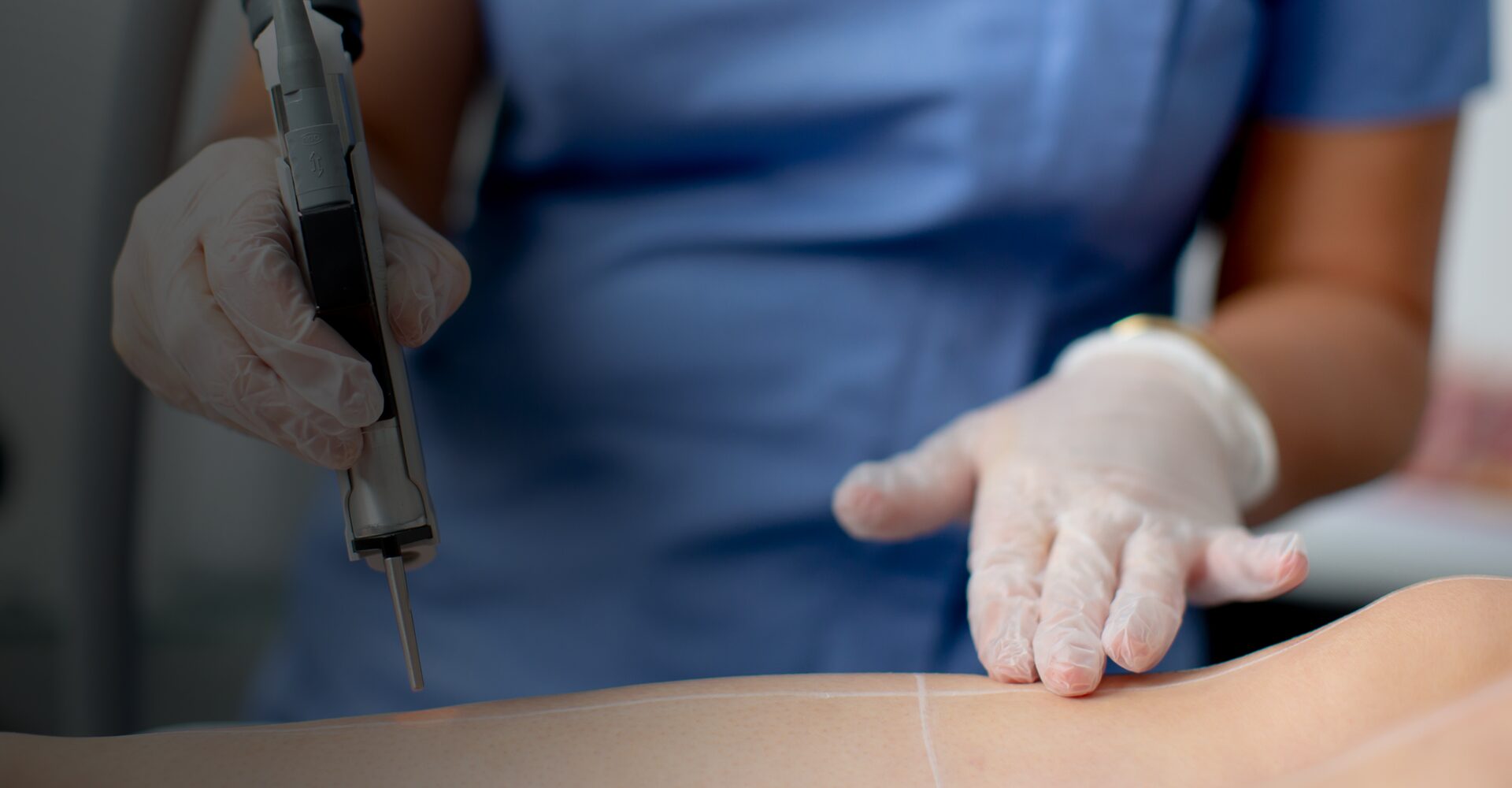Is microshading painful?


Microshading, also known as microblading shading or ombre brows, is a popular cosmetic procedure for enhancing and shaping eyebrows. It involves using a handheld tool to create tiny, precise dots of pigment on the brows, giving them a fuller and more defined appearance. While microshading has gained immense popularity in recent years, one common concern among individuals considering this procedure is whether it is painful or not.
The Process of Microshading
In order to understand the potential pain associated with microshading, it is important to first understand the process itself. Microshading typically begins with the application of a numbing cream to the brow area. This cream helps to minimize any potential discomfort that may arise during the procedure. Once the numbing cream has taken effect, a microblading technician uses a handheld device to create small, precise dots of pigment on the brows. This process is repeated until the desired shape and fullness is achieved.
Potential Pain During Microshading
While microshading is designed to be a minimally painful procedure, it is important to note that every individual’s pain tolerance may vary. Some individuals may experience only slight discomfort or pressure during the process, while others may feel more sensitivity. However, the majority of individuals who have undergone microshading report minimal pain or discomfort.
Numbing Cream
The application of a numbing cream prior to microshading greatly helps in minimizing any potential pain. The cream is typically applied around 30 minutes before the procedure, allowing enough time for it to take effect. The numbing cream contains lidocaine or a similar numbing agent that helps to dull the sensation in the brow area, making the procedure more comfortable for the individual.
Pain Management Techniques
In addition to the numbing cream, microshading technicians are trained to employ pain management techniques to ensure the client’s comfort throughout the procedure. They may use gentle pressure or adjust their hand movements to minimize any discomfort. Additionally, the client can communicate with the technician during the procedure to convey any discomfort they may be experiencing, allowing for adjustments to be made accordingly.
Aftercare and Pain Relief
Following the microshading procedure, it is normal for the brows to appear slightly swollen and tender. The technician will provide aftercare instructions to help minimize any discomfort during the healing process. This may include avoiding excessive touching or rubbing of the brows, applying a healing ointment, and avoiding activities that may cause excessive sweating. Over-the-counter pain relievers, such as acetaminophen or ibuprofen, may also be recommended to manage any post-procedure discomfort.
Overall, while microshading may cause minimal discomfort or pressure for some individuals, the use of a numbing cream and the expertise of the microshading technician help to ensure a relatively pain-free procedure. Following proper aftercare instructions will further aid in minimizing any discomfort during the healing process. As pain tolerance may vary from person to person, it is always recommended to consult with a qualified microshading professional to address any concerns or questions prior to undergoing the procedure.
HEALING PROCESS DAY BY DAY AFTER GETTING MY EYEBROWS MICROSHADED!
Microshading, also known as microblading shading or ombre brows, is a popular cosmetic procedure for enhancing and shaping eyebrows. It involves using a handheld tool to create tiny, precise dots of pigment on the brows, giving them a fuller and more defined appearance. While microshading has gained immense popularity in recent years, one common concern…



